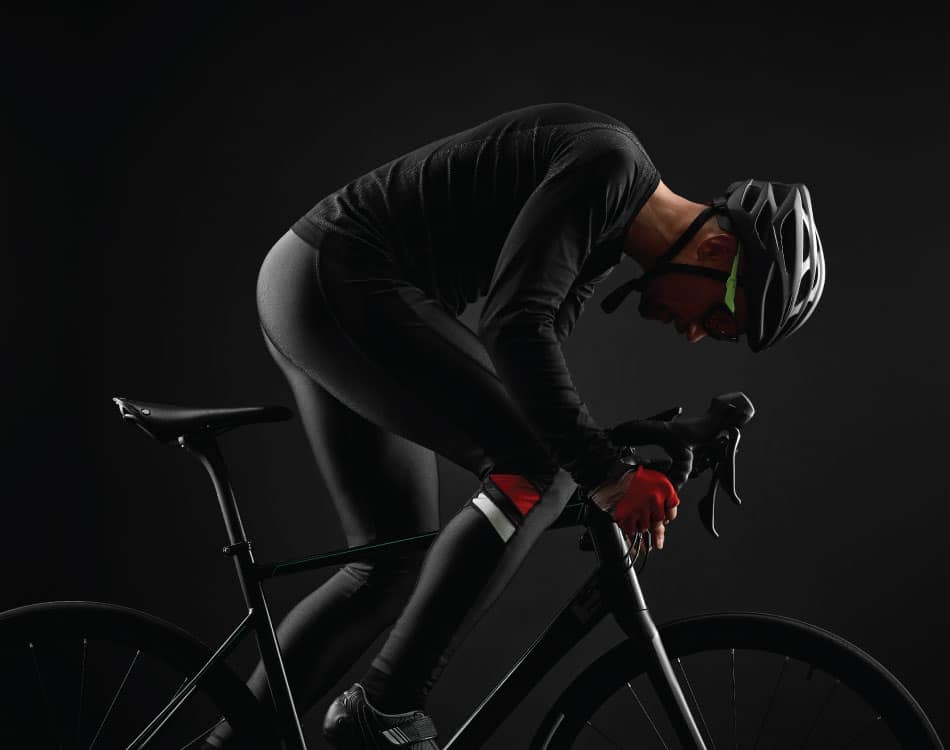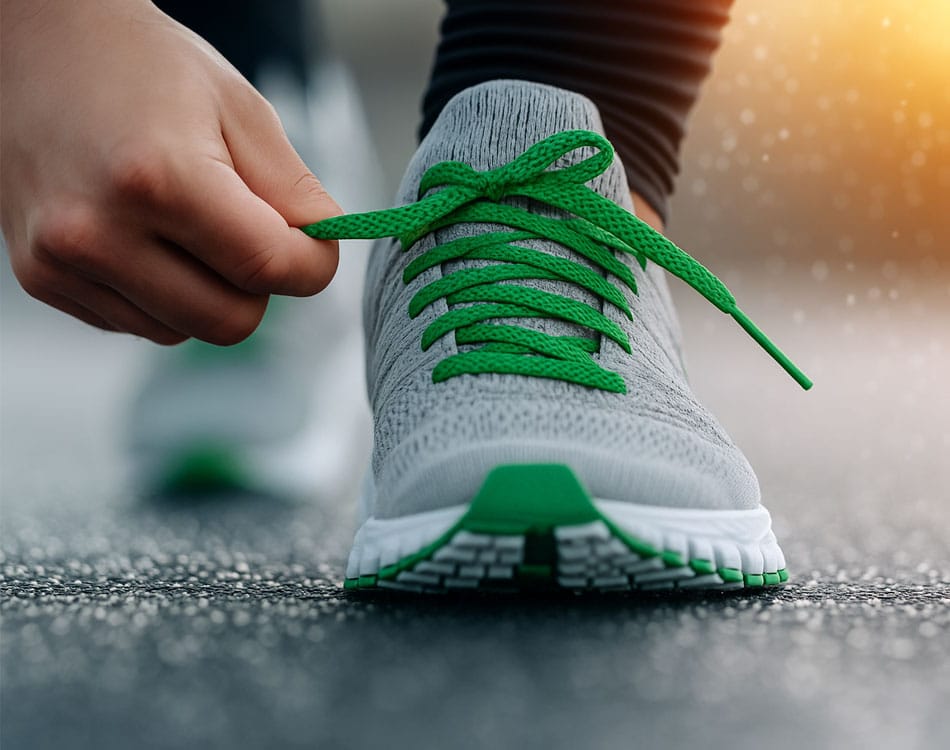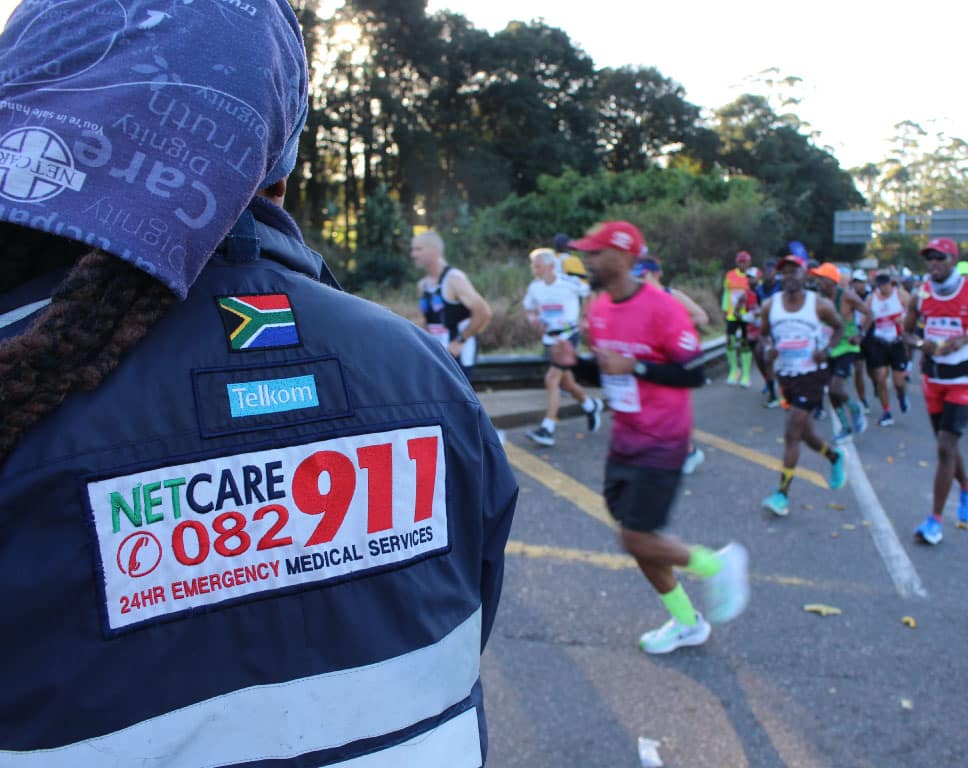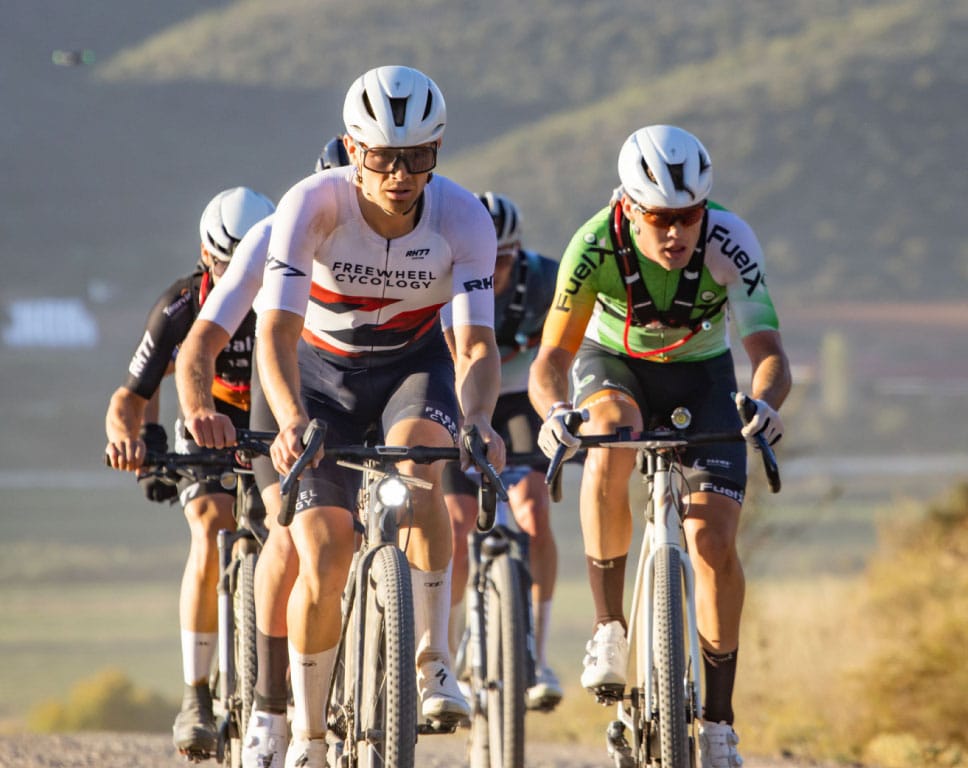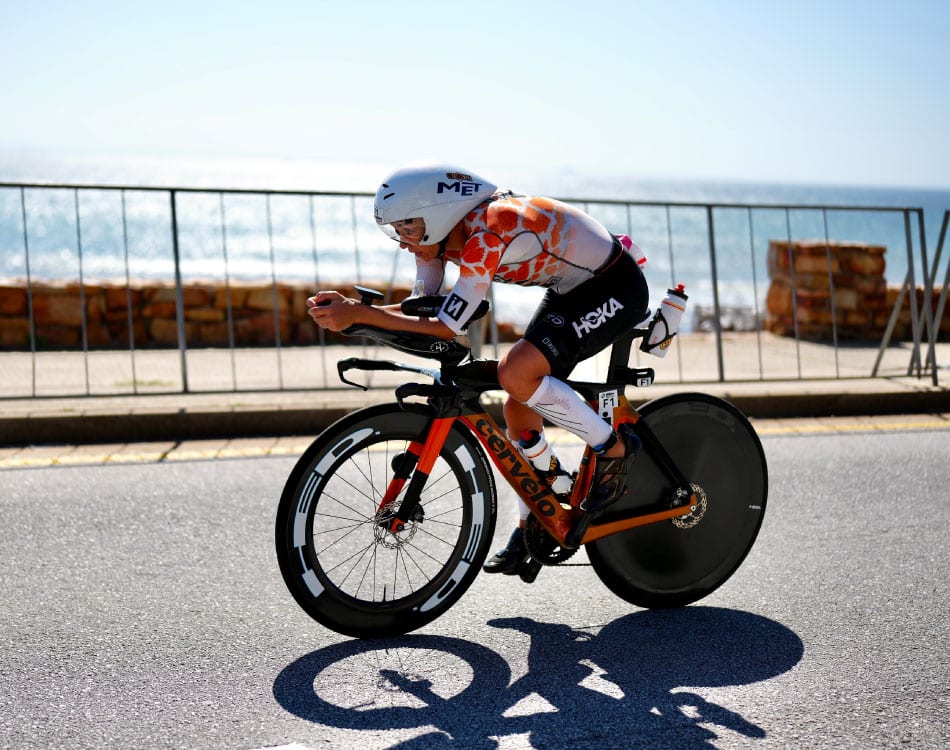Female athletes take note! Research affirms that you are more prone to anterior cruciate ligament (ACL) knee injuries than you male counterparts.
Known broadly in the sports science community as a non-contact ACL injury, research affirms that women are two to six times more likely than men to tear their ACL – a vital ligament that runs through the centre of the knee and ensures that the thigh tracks properly with the shin bone.
READ MORE | 3 Ways Medium Hyperbaric Oxygen Therapy Benefits Recovery From Injury
Injury cause versus trigger
While the event that triggers this often devastating injury, which can end a sporting career and cause many complications down the line, is often no different between the sexes, the causative factors that raise injury risk tend to be more unique to women.
Most injuries happen when women deviate from the conventional movement patterns we follow every day. Most of our lives focus on linear movements – walking, running or pedalling in a straight line or bending the knees forward to squat, lunge or bend down to pick something up. These movement patterns place little stress on the ACL.
However, when you suddenly change direction or move laterally (sideways) during sport, on the dance floor or during a workout, you load muscles that may not be strong enough to support the imposed stress.
That’s why over two-thirds of non-contact ACL injuries happen following rapid deceleration during stopping, lateral movements, sudden changes in direction or landing from a jump with inadequate knee and hip flexion.
Recent research from Duke Health also shows that landing on a hyperextended knee, which causes an awkward buckling motion is a major cause of ACL tears among women.
While sports or activities that involve cutting, planting and changing direction place females at greater risk for an ACL injury, these events merely serve as the trigger that finally results in the rupture or tear.
READ MORE | 5 Ways You’re Fast-Tracking Injury
The underlying cause
The action itself is seldom the underlying cause. Instead, a combination of factors generally contribute to conditions that predispose women to ACL injuries.
The root cause is largely due to poor glute medius activation or weak adductor muscles. This can cause internal (valgus) knee rotation on impact when walking, running or performing exercises that require deep knee bends.
This continual motion can result in wear and tear to the ACL over time, which eventually results in a tear when you impose immense stress on the joint, like while hyperextending from a valgus knee bend.
While this can also happen in men, women are more prone to the wear and tear due to multiple factors, including anatomical, biomechanical and hormonal reasons.
For instance, women tend to have a narrower intercondylar notch – the groove in the lower leg through which the ACL travels – and a woman’s ACL itself tends to be smaller, which makes it less resilient to stress.
From a biomechanical standpoint, women typically have a wider pelvis, which makes the thigh bones angle downward more sharply than in men.
The greater the so-called “Q” angle, the more pressure is applied to the inside of the knee, which can cause ACL damage.
Women also have hormones that can give ligaments more laxity, which is necessary during childbirth. However, this also makes tendons, ligaments and muscles more flexible and less able to accommodate stresses.
And women tend to have a more disproportionate quadricep-to-hamstring strength ratio. That means their quads are much stronger than their hamstrings. This strength imbalance can place significant stress to the ACL, leading to injury.
One final theory to consider is the impact that wearing high heels can have on muscle strength, joint alignment and stability. High heels place the body into a forward lean position, which can have significant impact all the way up the posterior chain.
This creates undue pressure on the knees and forces the ACL to work overtime. The height of your high heels can also throw off your centre of gravity and can result in a pelvic tilt that can cause knee-related issues over time.
READ MORE | Fix Your Running Form With These Tips
Fixing the problem
While wearing flat shoes more often is obviously recommended, there’s no need for something rash, like throwing out your favourite pair of 3-inch stilettos.
Instead, follow a comprehensive weight training plan to strengthen the muscles and iron out any imbalances to reduce your injury risk. But stay away from conventional training.
Those traditional bodybuilding split routines where you train one body part a day can amplify your problems rather than correct them as this training is very linear.
Studies demonstrate that neuromuscular training and conditioning programs are better for significantly reducing ACL injury rates among women. That means more functional training – the kind you’ll find in specialised strength and conditioning facilities, rather than the watered down approach you tend to see in commercial gyms.
Functional training means training movement patterns, not isolating muscle groups. It’s about generating power from the ground with big compound lifts like squats and deadlifts. It’s about building strong, functional cores from lots of stability work, coupled with mobility and multi-planar movements. This type of training creates functional strength that is transferrable to your sport and makes you more resilient to injury, including ACL tears.
A meta-analysis of published ACL injury prevention programs also determined that plyometric and strengthening components were more important than balance training with regard to ACL injuries. So mix up your training with a few functional training and plyometric sessions each week and you should reduce your ACL injury risk.


